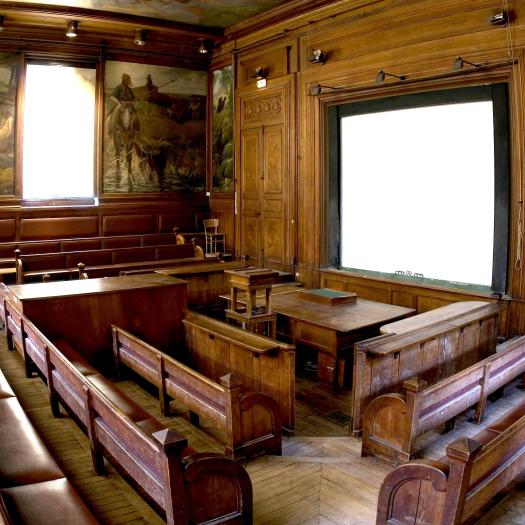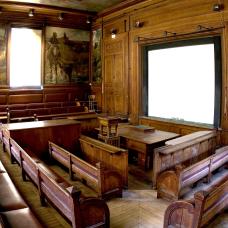PhD Defense - Christophe Mallet


La soutenance de thèse de Christophe Mallet aura lieu le vendredi 20 novembre 2020 à 14h30.
Thèse de doctorat sous la direction de Alexandra Houssaye, Raphaël Cornette et Guillaume Billet
Composition du jury :
Abstract:
In terrestrial vertebrates, the shape of the limb bones is influenced, among other factors, by functional constraints, notably the need to resist loading stresses due to gravity. This led, in quadrupeds weighting hundreds of kilograms, to morphological modifications of the limb bones to avoid crushing. Such architectural modifications related to a heavy weight have been historically qualified as “graviportal”. Rhinocerotoidea are of particular interest to study the morphological changes of the limb bones related to body mass, as they are represented by five extant species and dozens of fossil genera, some being among the heaviest land mammals that ever existed. Several independent occurrences of an increase of body mass are observed in this superfamily, making it relevant to study the variation of shape in relation to weight. This work explores the shape variation of the limb long bones relatively to body mass and body proportions among Rhinocerotoidea along their evolutionary history, in order to better understand how the skeleton modifies to meet the functional requirements of a coordinated locomotion and the support of a heavy weight. To do so, I used a 3D geometric morphometrics approach to qualify and quantify the shape of the six bones composing the stylopodium and zeugopodium of a sample of modern and fossil specimens. The exploration of the long bone shape variation and covariation in relation to body mass and to the evolutionary legacy in modern rhinos has been completed by the study of numerous fossil representatives to cover a large range of weight and body proportions, taking into account the evolutionary history of the group. My work highlights an increase of bone robustness common to all heavy rhinos. The development of the insertions for powerful extensor muscles and the likely presence of passive-stay apparatuses at shoulder and knee joints in heavy rhino taxa allow to better resist flexion caused by loading forces. My results show that forelimb bones are more influenced by body mass variation than hind limb ones in Rhinocerotoidea, likely due to the different proportion of body mass that they support and to their distinct respective roles of brake and propulsion. The shape of the stylopodium bones is simultaneously related to evolutionary legacy and body mass, while that of the zeugopodium is mostly associated with the degree of brachypody (i.e. relative limb length). The fibula is the only bone showing puzzling patterns of shape variation dominated by intraspecific variations, which questions its functional role in weight bearing. The shape variation in Rhinocerotoidea carries a dual signal with uniform aspects shared by all heavy species coupled with specific features in the different taxa, corresponding to the multiplicity of limb constructions observed in the superfamily. In addition to modifications related to heavy weight, most Rhinocerotoidea retain features of running quadrupeds while displaying different ways to sustain a high mass, questioning the classical definition of graviportality mainly based on elephants. This highlights the necessity to redefine graviportality by highlighting what are the repeated features potentially linked to it in each group with independent occurrences of heavy weight.



